19 Things To Do in Split, Croatia
Crowning Croatia’s coastline, Split is a city that truly tells the tale of time, but, with a more modern twist. Looking for the best things to do in Split, Croatia? Aside from the dazzling turquoise waters along the Dalmatian coast, this sprightly hub has served as an ancient district dating back almost 2000 years.
Amongst the sprawling sites and Roman ruins, you’ll find a rather vivacious nightlife intertwined with a gratifying gastronomy scene, effortlessly exhibiting the city’s blend of modern and medieval.
As the country’s second-largest city, Split harbours a wealth of opportunities to satisfy beach lovers, history fanatics, nightlife enthusiasts, and frivolous foodies alike.
So without further ado, let’s check out the 19 Best Things to do in Split, Croatia.
Here’s what we cover in this guide:
Top Things to do in Split
Best Day Trips from Split
Best Restaurants in Split
Best Time to Visit Split
How to Get Around Split
Travel Tips
FAQs
Diocletian’s Palace
This UNESCO World Heritage Site dominates Split’s historic scene, and it deserves to be at the very top of your to-do list.
Diocletian’s Palace is an intact 4th-century complex that embraces none other than Diocletian’s very own villa and the ruins of a military camp.
The scope of the palace is engulfed with surprises tucked away in every nook and cranny, and there’s truly not anything else in Europe that parallels it.
Take a stroll through the grid-like Roman streets, and be sure not to miss on catching the details of the original paving stones in the Decamanus and Cardo.
And yes, cinema buffs, this is also one of the filming sites for Game of Thrones.
Blue Cave & 5 Islands
Split serves as the perfect base to explore the surrounding areas, so if you’re looking to spice up your Croatia itinerary, this is your best bet. Discover the piercingly blue waters of the famous Blue Cave on a day trip from Split.
This top-rated day tour takes you through some of the surrounding region’s most riveting finds, from the Stiniva Cove and Budikovac Blue Lagoon to Komiza and Hvar Island. If you have limited time on your trip, a visit to the Blue Cave is an absolute must!
Historic Split
As with practically every major city, the best way to get an authentic feel is to walk it. Get your twinkle toes prepared with some appropriate footwear, because these streets were made for walking!
I’d personally recommend setting aside a few hours to stroll Split’s city centre. Allow yourself some room to check out local boutique shops, grab freshly made gelato, and take a step back in time.
Aim for Pjaca Square, where the city’s old town hall perches over the buzzing plaza. With terrace-lined cafes, ancient marble tiles and a variety of buskers simulating the scene, it’s honestly a great spot to stop and take it all in.
If you want a taste of Split’s more historical side, head down to Fruit Square, where you can get a glimpse of the remnants of the Venetian epoch.
Here you’ll encounter replete Renaissance architecture, and a romantic, Italian-esque influence.
And if you’re after a somewhat more local perspective on this vibrant city, take a look at Marmont Street.
Fringed with trendy shops, bustling cafes and popular restaurants, this street even extends all the way down to the waterfront, making it a lovely stroll indeed.
St. Duje’s Cathedral
Split’s Cathedral, otherwise known as St Duje’s Cathedral, has been remarkably repurposed and remains well intact, considering the fact that it is actually the oldest cathedral in the world.
Formally Diocletian’s mausoleum, the centre part of the structure dates all the way back to 350.
If you’re a history lover that’s looking for the best things to do in Split, this gem should be on your bucket list.
Take a step back to admire the original 24 towering columns and the grandiose wooden doors, each to their own representing a true testimony to the Romans.
Split’s iconic Bell Tower sits just next door to the cathedral.
Straddling a whopping six storeys in height, this gem boasts some of the best views of the historic city and the Adriatic Sea.
The tower is speckled with classic arched windows and Romanesque architectural design.
Museum of Croatian Archaeological Monuments
It’s no secret that Split is scattered with a huge haul of history. Over the years, some 20,000 pieces have been collected by the Archaeological Monument Museum. Framed with an extensive display of jewellery, armour, weapons and everyday items, this museum flaunts a fascinating step back into medieval times.
Some of the most valuable pieces are the stone inscriptions and carvings relating to the Croatian kings from the 800s to the 1100s. If you’re interested in the country’s captivating history, the Museum of Croatian Archaeological Monuments is a must-see.
Krka National Park
Located about an hour north of Split, Krka National Park is one of the country’s most coveted locations. Hugging the rolling Krka River, the sublime Stradinski Buk really does steal the show. Lapped by a swirling natural pool, enchanting waterfalls and gushing cascades, this place oozes magic.
Home to a total of 17 waterfalls encircled by verdant greenery, there’s certainly no shortage of sites to see. Don’t miss the cascades at Roški Slap and Visovac Island, and be sure to swing by the intact, 15th-century monastery. If you’re looking for the best things to do in Split, Krka National Park is. a bucket list location.
If you’re interested in an all-inclusive day trip from Split, take a look at this budget-friendly day tour to Krka National Park.
Peristil Square
Peristil Square has to be one of the best spots to soak up Split in all its glory, especially by night.
This former Roman court is replete with architectural gems, marble tiles, and soaring sights and on top of all that, there are even two 3,500-year-old Egyptian sphinxes here.
The physical construct of each of the stone monuments combines to make the square into some sort of an acoustical playground.
Peristil Square by day is teeming with tourists, avid photographers and history fanatics as such, but by night, the plaza is bought to life by musical performances and the cheer and chatter of those amidst the spectacle.
By chance, we just so happened to stumble upon the square towards midnight. The marble-made structures were dotted with jolly travellers drinking and eating, each to their own foreseeing the waves dance throughout the plaza.
And that very first impression of Split by night has not left my mind since. That atmosphere right there undoubtedly set the standards high for the rest of the trip.
Cetina River
If you’re in need of a city break, take a trip out to the Cetina River. Put your adventure hat on, step outside Split and get your adrenaline pumping in the endless activities scene. Have a go at white-water rafting and cliff jumping to sea kayaking and canyoning. The Cetina River is crowned with paradisal panoramas aplenty, from the rich vegetation to the refreshing waters.
Split’s Beaches
There are teeming things to do in Split, but that doesn’t mean that shouldn’t step outside the city. Croatia is renowned for its beautiful beaches and Split certainly is no exception. Within easy reach lies an eclectic array of turquoise, tree-lined beachfront. Depending on whereabouts you’re located, and what mode of transport you prefer, you can dapple between which of these is best for you:
Bačvice
Trstenik
Kaštelet
Firule
Kašjuni
Ovcice
Bene
Znjan
Marjan Hill
Nestled towards the west of the heart of Split, Marjan Hill is a steep forested region fringed by classic Mediterranean pine trees.
If you’re in need of a bit of greenery, fresh air, and even, dare I say it, exercise, then this will most definitely tick your boxes.
As one of Split’s less frequented areas, you’ll undoubtedly find serenity in amongst nature here.
On the east side of Marjan Hill, you’ll encounter a Jewish cemetery, St. Nicolas Church, St Jerome Church and a myriad of tombstones dotted over the hill.
I’d recommend tackling the brisk hike in the early morning, right before the heat of the day kicks in.
I embarked around 7 am and had plenty of time to wander around snapping photos before I so happened to stumble upon a cafe with the most scintillating of views.
If you’re looking for unique things to do in Split, Marjan Hill is a top choice. Order a morning coffee (or two), and sit back while you take in the picture-perfect scenery.
Towards the northwestern part of Marjan Hill are the Bene Beach and recreational centre. You’ll find various tennis courts, a soccer field, an open-air gym and a playground. You can even hire kayaks from this point.
Klis Fortress
Calling all Game of Thrones fanatics! Highlights like Split and Dubrovnik surely steal the show, but if you’re looking to take it one step further, don’t miss the Klis Fortress. This ancient fortress is lapped with a long-standing history. Serving as the battle site between the Knights Templar, Ottomans and Mongols, this gem is soaked in a rich tapestry of heritage.
This hilltop-hugging fortress towers well above the city of Split, offering splendid views for a sunset trip. Spend an hour or so meandering through the ruins, exploring the hidden gems and looking out over the glimmering Dalmatian Coast. If you’re a Game of Thrones enthusiast, this was the filming location for Meereen.
Salona
As a former city of the renowned Roman Empire, Salona was once home to over 60,000 inhabitants. Escape the hustle and bustle of Split’s city centre and head out to this awe-worthy archaeological park. Home to significant remnants of Roman structures, one of the biggest highlights is the amphitheatre.
Once housing over 18,000 spectators, you can walk along the edge of the area to explore in further detail. Situated only 5 km from Split’s city centre, Salona offers a fascinating insight into life as it once was. If you’re looking for unique things to do in Split, add Salona to the top of your bucket list.
Ivan Meštrović Gallery
If you’re an art aficionado or history buff, take a deep dive into one of Croatia’s most notorious artists. Step inside the Ivan Meštrović Gallery for an afternoon dabbling in the dazzling diversity of delights. Explore the world’s largest collection of art by Meštrović, peruse 200-and-something sculptures and get immersed in the world of sketches, furniture and architectural plans.
Housed in a building from the 1930s designed as a home by the artist himself, the Ivan Meštrović Gallery is a must-see for art enthusiasts. Plus, there’s even an outdoor sculpture garden to see!
Split’s Local Market
Locally referred to as Pazar, the Split Market is replete with fresh fruit and vegetables, locally made cheeses, delicacies and cured meats, sweets, and a multitude of other things amongst all that.
Located on the east side of Diocletian’s Palace, right in the heart of the city, this market provides a taste of Split’s local life.
Immerse yourself in the array of colours, sounds, and flavours of the market, and don’t forget to set aside a little extra cash to buy yourself some local goods.
The Split Market is open every day from the early hours of 6:30 am until late in the evening.
If you’re after fruits or veggies, I’d recommend coming in earlier on during the day. Plus, you can ditch the heavy afternoon crowds that the market brings in.
Riva Promenade
Split’s waterfront is a picture-perfect spot to sit down and take in all of the city’s sheer beauty.
By night, you can expect crowds of tourists, a rowdy nightlife, and trendy restaurants all fringing the waterfront. If your idea of a good night out on the town isn’t frequented by other large groups, then this won’t be the spot. However, if you are looking for a more social environment, this is definitely it.
Do keep in mind that all eateries and bars located along Split’s waterfront are expensive. Backpackers and frugal travellers, be warned!
If you’re looking for unique things to do in Split, head to the waterfront in the early morning. Or, aim for the sunset to witness the city light up the harbour.
Trogir
Situated just a short 35-minute drive away, Trogir is a neighbouring town that’s often overlooked by tourists. This quaint, character-packed gem boasts a well-preserved Old Town, terracotta-tiled roofs and authentic restaurants. You can explore practically the entire town in under two hours, depending on your need for speed.
If you’re looking to mix up your sightseeing or escape the heavy summertime crowds in Split, head out to Trogir. This UNESCO-listed destination melds its medieval flair with an ensemble of intact Romanesque and Gothic architecture. The fortified island is connected to the mainland by a bridge, so be sure to park outside and walk your way in to get the full experience.
Peer up at the 15th-century walls, wind your way through the labyrinth-like streets and swing past the haul of historic churches. For an all-inclusive trip, check out this day tour of Trogir, the Blue Lagoon and a shipwreck. This budget-friendly trip offers some of the biggest highlights in Trogir and the surrounding region, so if you have limited time in your Croatia itinerary, this is your best bet.
Wine Tasting
Relish your taste buds and lock lips with authentic Croatian wine at the iconic Putalj Winery. Situated just 20 minutes outside of Split, this local winery is a top choice for a half-day trip. Putalj Winery offers in-depth tours with transportation to/from your hotel, so if you’re planning on sampling the vast selection of wines, this is ideal.
If you want to combine sightseeing, sampling wines and sliding through the nearby waterfalls, you could consider this top-rated day trip from Split. This pocket-friendly tour takes you to Krka National Park and invites you to taste some of the area’s most exquisite wine and cuisine. You’ll bask in the beauty on a boat ride, chill out at the beach and sample products at a local winery.
Best Day Trips from Split
You can’t visit Split without taking at least 1 day trip out of the city. Take your pick between white-washed villages, crystal clear beaches, historical city centres or all-inclusive island tours. Below you’ve got 6 of my favourite day trips from Split, Croatia.
Best Restaurants in Split
I put my time in Split to the test, taste bud style! Of course, I had to try out what was on offer in this city. From trendy eateries and vegan restaurants to cute cafes, bakeries and dessert speciality shops, you can bet your ass I did it all. If you’re a fan of seafood, then you’ll definitely want to order a fresh plate (or two), as this Croatian city is jam-packed with plenty of fresh catches.
Restaurants:
Brassiere on 7
Fortuna Pizzeria
NoStress Bistro
Brunch:
Pandora Greenbox
MakaMaka Acai & Poke Bar
Bepa!
Vivas Bar
Sweets/Desserts:
Luka Ice Cream & Cakes
Ela’s Ice Cream & More
Pumparela Gelateria
Best Time to Visit Split
Now that you’re familiar with all of the best things to do in Split, it’s time to figure out when to go. The best time to visit Split depends highly on your personal preferences, travel budget and the kinds of activities you plan on doing.
This Croatian hot spot is a popular destination year-round, and thanks to its rich history, culture and attractions, there’s no shortage of activities. Each season boasts unique experiences, advantages and disadvantages. With this basic breakdown, you can make an informed decision. Here’s everything you need to know about the best time to visit Split, Croatia.
Summer (June to August): As Split’s peak tourist season, the summertime ushers in huge crowds, hefty prices and scorching hot weather. The city comes to life with buzzing streets, endless activities, top-notch day trips and a rowdy nightlife scene. The weather boasts hot and sunny days, with temperatures averaging 25°C to 35°C. This is the best time to visit Split if you’re interested in beach activities and island-hopping.
Considering summer is the peak period, you can expect lots of tourists and more expensive accommodation and airfares. If you choose to plan a trip to Croatia from June to August, be sure to book well in advance.
Spring (April to May) and Autumn (September to October): Well-known as the off-peak seasons, both spring and autumn hone in a huge haul of advantages. Compared to the summertime, there are far fewer tourists to battle with. This also means you’ll score more affordable prices on airfares, accommodations and activities. The weather ranges from 15°C to 25°C (59°F to 77°F), making it the ideal time to discover the city's main attractions, like the Old Town and Diocletian's Palace. Spring and autumn are also the top choices for active adventurers, so if you love hiking, biking and sailing, this is a suitable time to visit Croatia.
Winter (November to March): Winter in Split is relatively mild, offering fewer tourists and budget-friendly prices. If you choose to visit Split during the winter season, keep in mind that some attractions and services may have limited hours or be closed completely. As the low season, this is one of the top times to explore the city's culture, historical sites and local festivities. If you’re a backpacker or budget traveller, this is the ideal time to visit Split.
How to Get Around Split
Split Airport Information
Situated towards the foot of Kastela is Split Airport. The airport itself is well equipped with all the essential amenities, however, there are not many restaurant options. Split Airport sits around 20km in distance from the heart of Split and is only 6km from its neighbouring city, Trogir.
Shuttle Bus
The quickest and easiest way to get from Split Airport to the city’s centre is via the shuttle bus. Tickets are relatively cheap, with a one-way pass costing around 35kuna (4,60€). You can purchase a ticket through this link here. If you buy it at the bus station, expect to pay a little bit extra.
Public Transport
Located just outside Split Airport are a range of bus stops. You can find more information about timetables and exact costs here.
Line #37 Split to Trogir; Trogir to Split
Line #38 Split Airport to Kastel Stari to Split; Split to Kastel Stari to Split Airport
Line #2 Split Airport to Kastel Sucurac to Split; Split to Kastel Sucurac to Split Airport
Taxis & Uber
Taxis are also available, as well as Ubers. For a taxi call +385 (0)21 895 237, or, download the Uber app.
Travel Tips for Split
There are many fun things to do in Split, especially if it’s your first time visiting. Keep in mind that this city is fairly tourist-targeted, so to avoid any unwanted conundrums, check out these tried-and-tested tips:
Avoid ordering shots or cocktails in Split- the vast majority of drinks are watered down.
The cheapest supermarket with a wide variety of fresh produce is Konzum.
If you plan on travelling between Split and the islands, the ferry is generally the cheapest option. If you’re travelling in a large group, or money isn’t an issue, you could also consider renting out a boat with a driver for the day.
If you want to rent a boat yourself, you will need to have a boat driver’s license.
Count your cash. Croatian people are lovely. We did, however, have a fair few people try to rip us off. Do your research to try and get a rough idea of how much things should cost before you go and purchase them directly.
FAQS
What is Split Croatia famous for?
Split is well-known for the ruins of the Palace of Diocletian, historic royal residences and countless churches. With ample things to do in the city centre, the Old Town is a history lover’s haven. Croatia’s second-largest city is famous for its ancient architecture, nightlife, port & diverse gastronomy scene.
Is Split in Croatia worth visiting?
Split is worth visiting, even if it’s just for a day. Ideally, this city serves as a base to explore the surrounding islands. Given its central, coast-hugging location, it can be a convenient and affordable option. If you’re a history buff, a Roman ruins fanatic, a seafood lover or if you want a taste of this seaside city’s nightlife, this is the place for you.
How many days are enough for Split Croatia?
One day is enough to see the highlights in Split’s Old Town. If you wish to explore beyond, set aside at least 3 days.
Is 3 days enough in Split Croatia?
72 hours in Split is an ideal time to spend between the big attractions. If you’d like to experience day trips to islands like Hvar or Brac, save at least 4 days in your itinerary.
What’s the weather like in Split?
Split boasts a Mediterranean climate, reeling in international crowds during the peak season (May to September). Summertime (June to August) is generally hot, while the wintertime (December to February) remains relatively mild.
Is Split safe?
Crime and theft in Split remain low, making it a fairly safe city.
Is Split expensive?
Compared to Split’s neighbouring cities, the city is generally affordable. This being said, your budget and style of travel will obviously affect how much you spend.
For more information, check out this full guide on How to Plan a Trip to Croatia,
So that’s it for the best things to do in Split, Croatia. If you have any questions or would like further advice, let me know in the comments below!

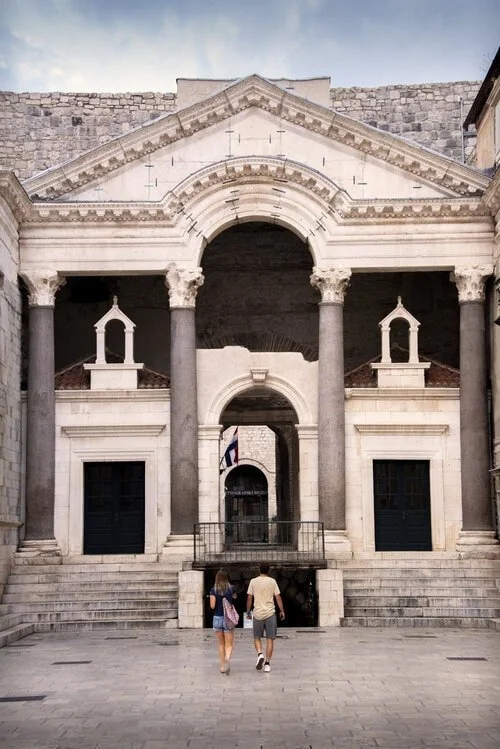
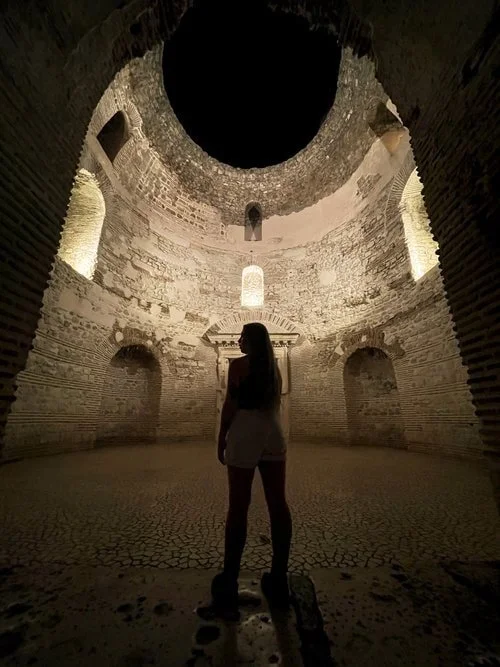
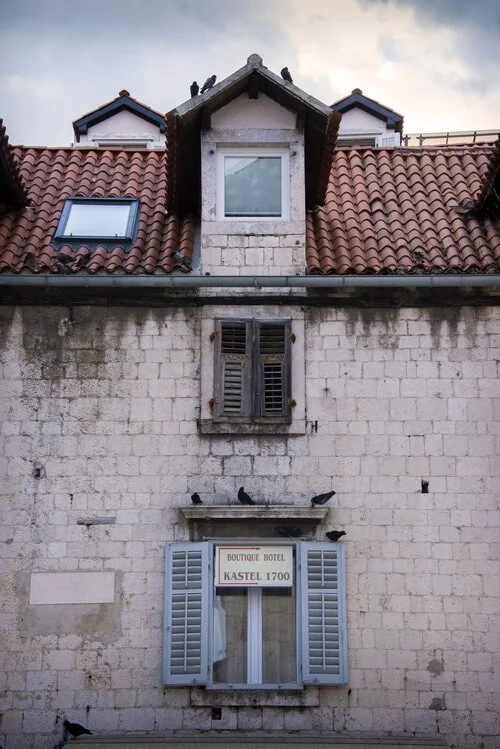
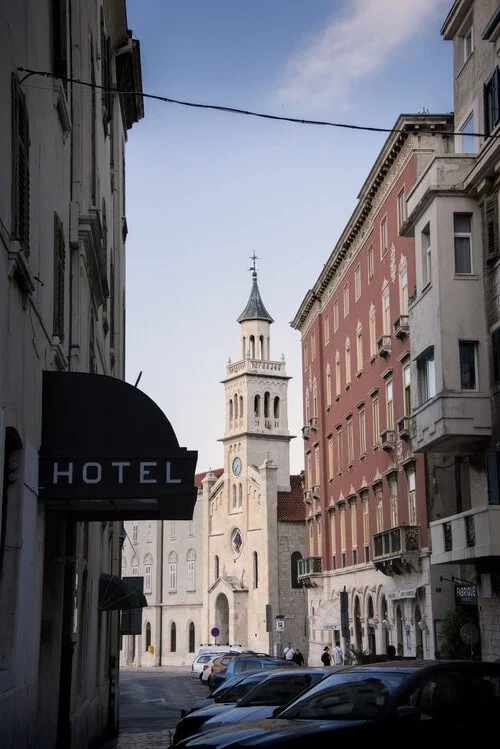
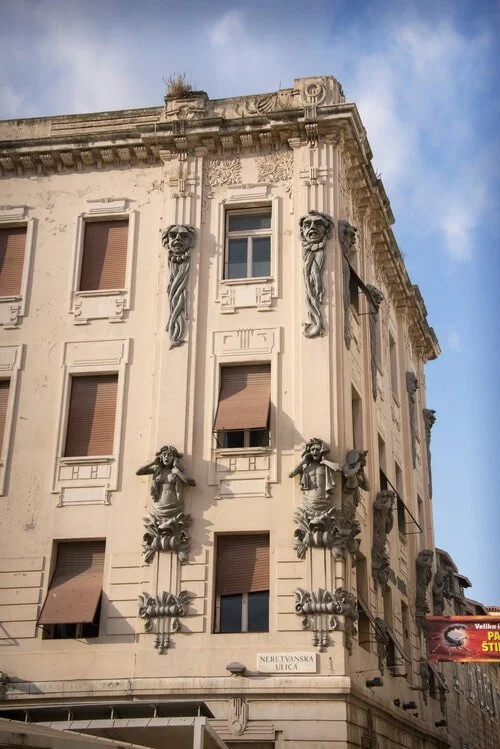
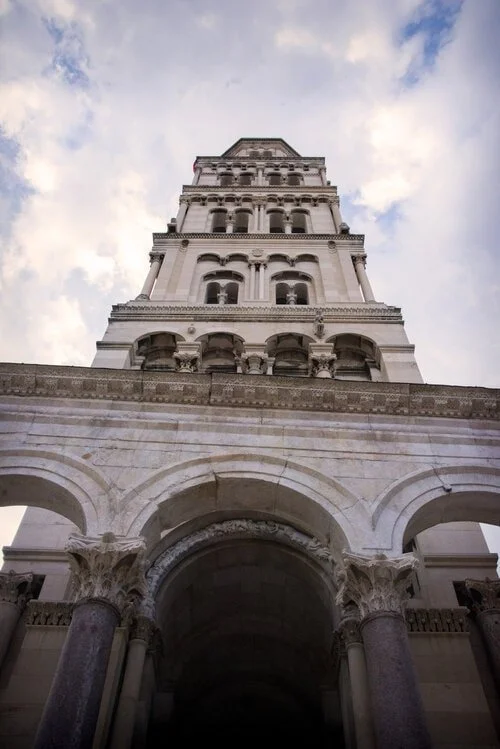
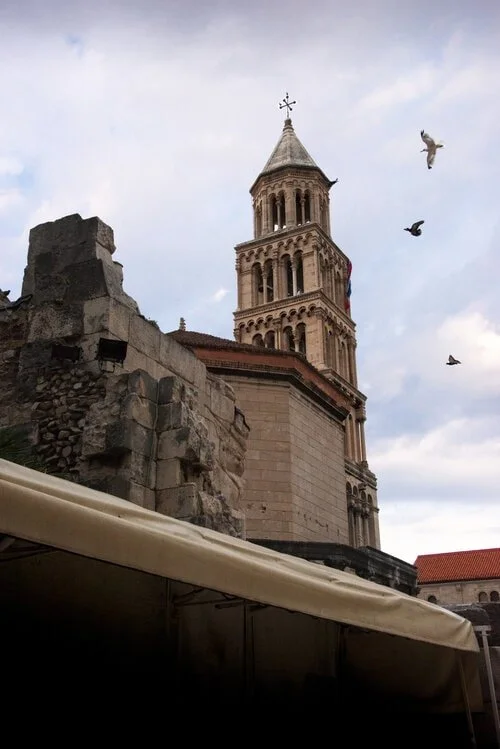

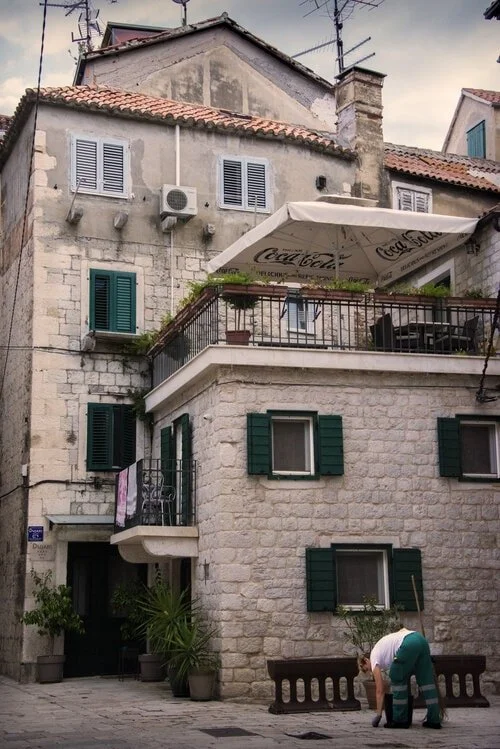
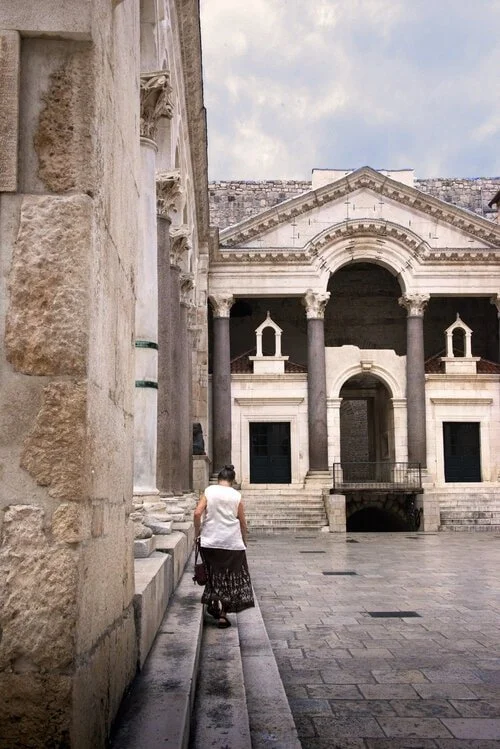
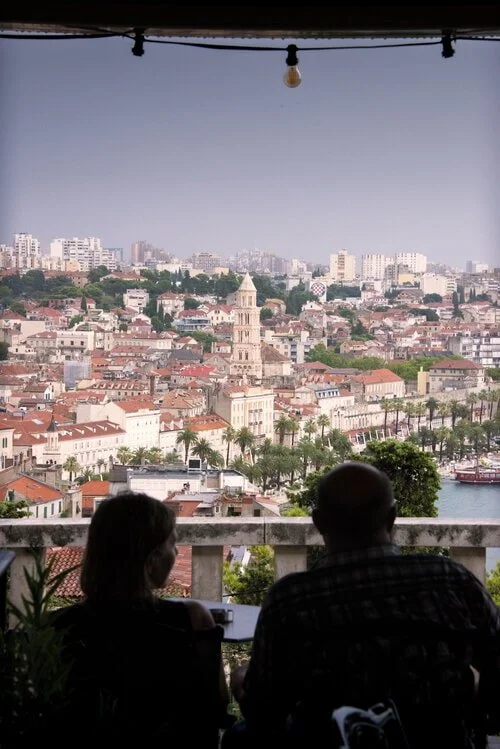
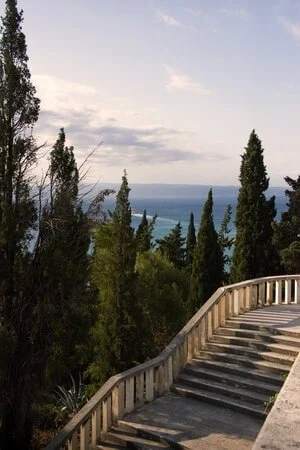
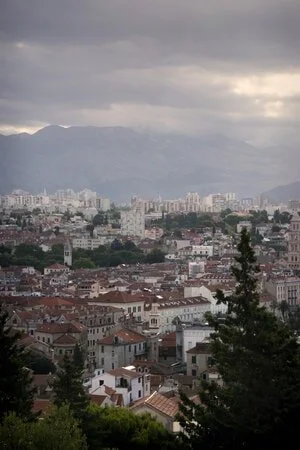
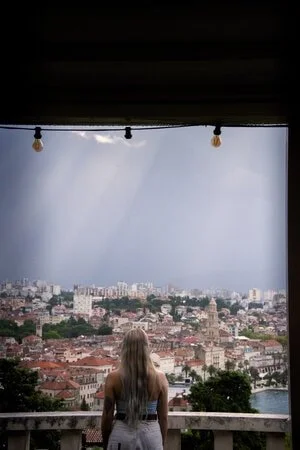
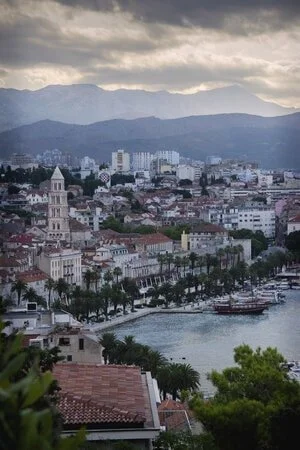

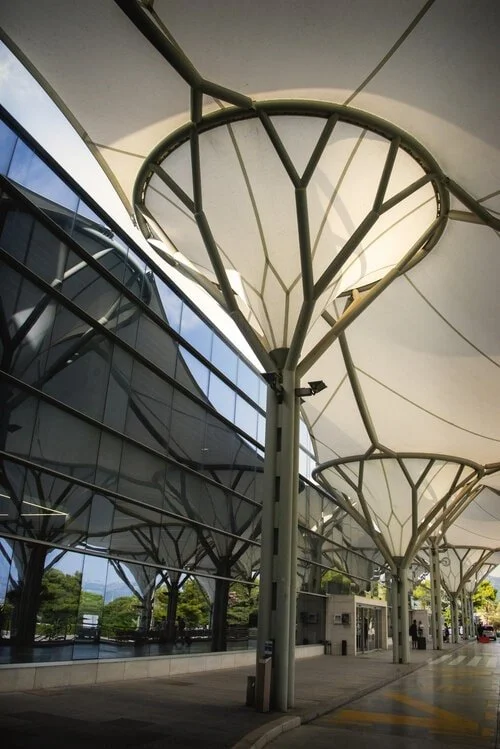
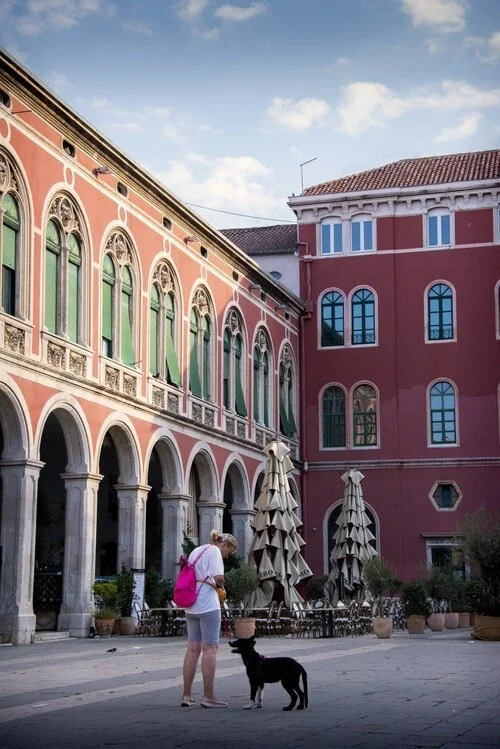
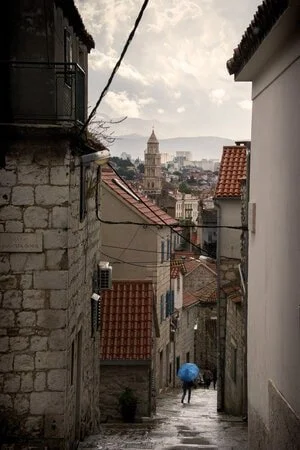
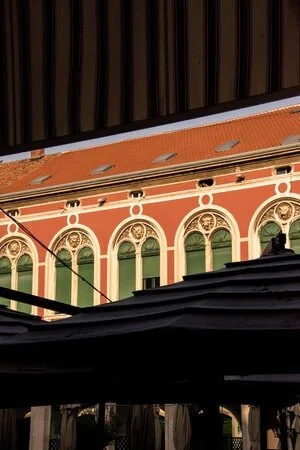
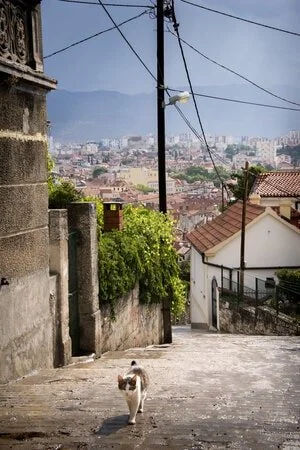

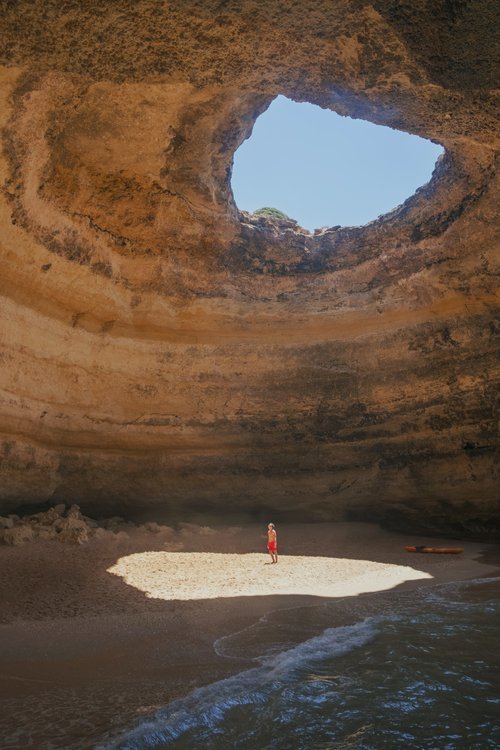
Rome is known for its historical monuments, colourful culture and delectable cuisine. There’s plenty to pack into your itinerary, but if you tire of Italy’s capital, escape on one of these day trips from Rome.